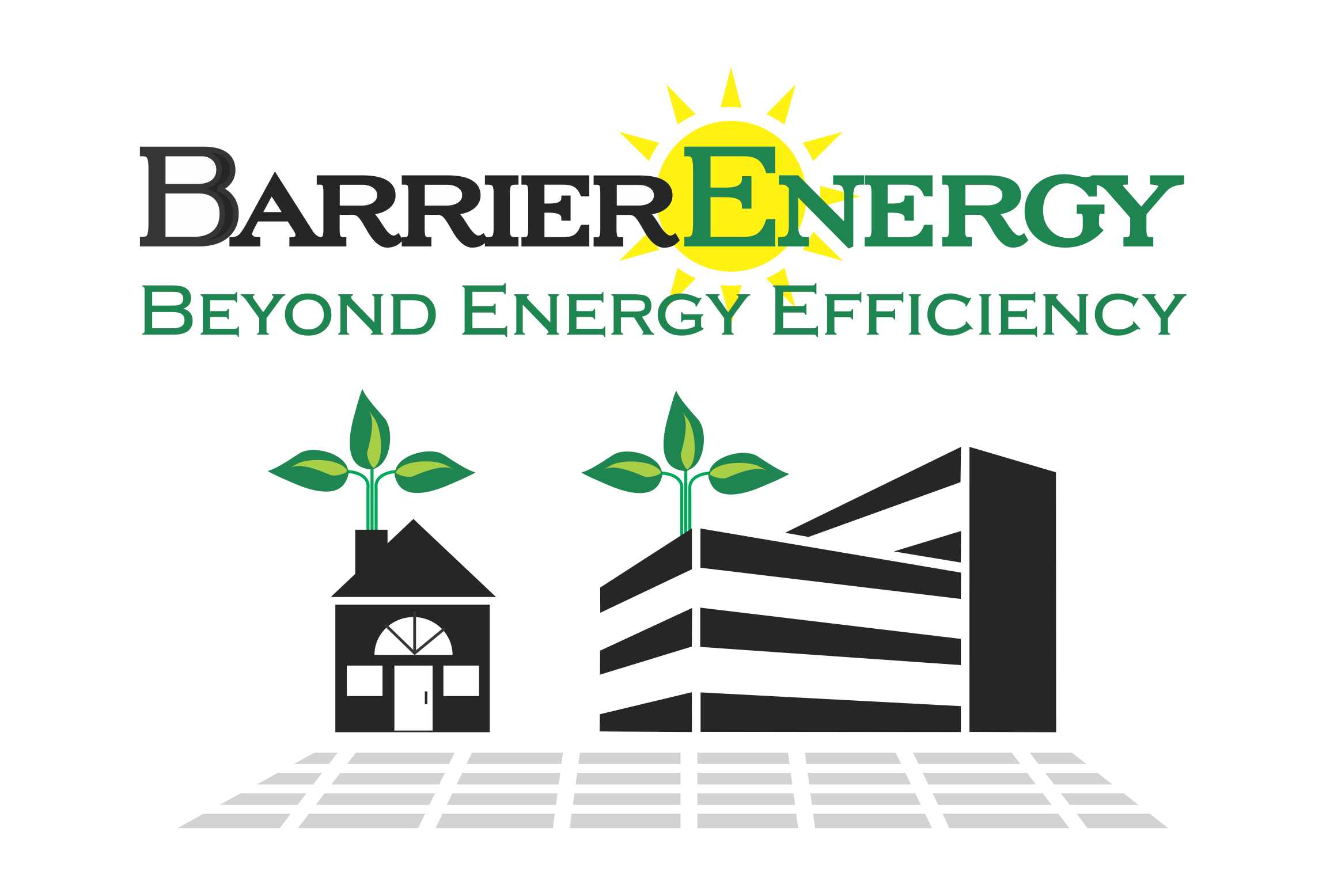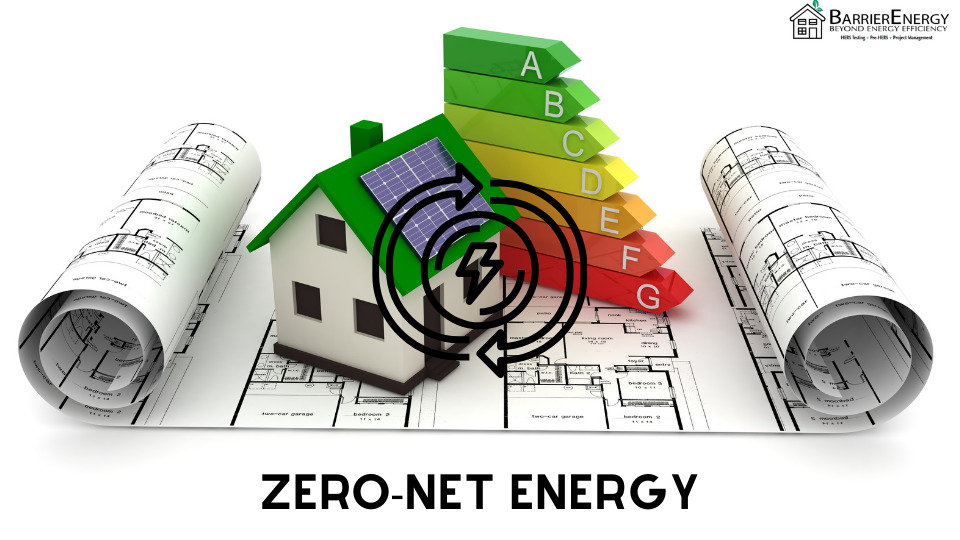Zero-Net Energy in CA:
The highest possibility for energy efficiency is zero-net energy (ZNE). A building with ZNE produces as much energy as it consumes. Therefore, it produces no waste and has no environmental footprint. Ecological footprint refers to the impact of a person or a community on the environment, measured in terms of pollution such as carbon emissions.
California has been taking the lead with energy efficiency in the United States. They have recognized the effects of global warming and taken action to combat pollution. It has paid off. They also have the largest economy in all of the United States, and the fifth-largest economy in the world. The rest of the country has been impressed by the results and followed suit. Efficiency solutions have been proven helpful in more ways than one. One major focus of the California Energy Commission has been construction. In 2008 a fourth of greenhouse gas emissions in California are from energy use in buildings.
California Energy Commission:
The California Energy Commission made a goal in 2008 to have ZNE in all new commercial construction by 2030. Half of the existing buildings were to have retrofit improvements to make them ZNE by 2030. All new residential construction was to be ZNE by 2020. The ultimate goal is to have 100% zero-net emissions by 2045. This is by far the largest scale and most aggressive energy goal in the history of the world.
Achieving this goal requires implementing renewable energies, and energy storage. Furthermore, HVAC, heat pumps, lighting, insulation, and other building systems have to be closely monitored and properly maintained at the highest efficiency. Everything involving building materials and construction processes must be thoughtfully redesigned. Certified technicians must enforce compliance with these codes. Nothing will go untouched. How have these changes affected California so far
Benefits of ZNE:
Due to investment in research and development of efficient technology from the state, the California Energy Commission has applied a series of building codes to enforce energy efficiency standards. This is largely known as Title 24, Section 6. California residents now use about half of the energy (measured in kWh per person) as compared to the rest of the US. By using efficient materials and integrating new building designs, California has saved hundreds of thousands of metric tons of carbon dioxide from being released into the environment every year. Real estate now only accounts for about 13% of all greenhouse gases in California.
Get your Plans Approved Quicker
An added benefit of Zero-Net comes complimentary with Santa Barbara’s Smart Build (SB2) program. Participants who join this program will receive free advice on energy-efficient strategies from local professionals, a 50% reduction in energy plan check fee, an expedited plan check review, and the use of SB2 logo for marketing your home.
It’s likely that other counties in Santa Barbara will offer similar programs and incentives. You should check with your local building department and find out!
The Green Economy
While residents save on their energy bills, green jobs are on the rise. In 2019, clean energy industries accounted for over 500,000 jobs. To learn more about Title 24-related services, contact BarrierEnergy at 888-838-4377. We are passionate about what we do and are looking to help you meet your Zero-Net energy goals.
Interested in the next step? Read about Positive Net Energy Buildings, zero-waste cities and beyond ZNE!


Recent Comments